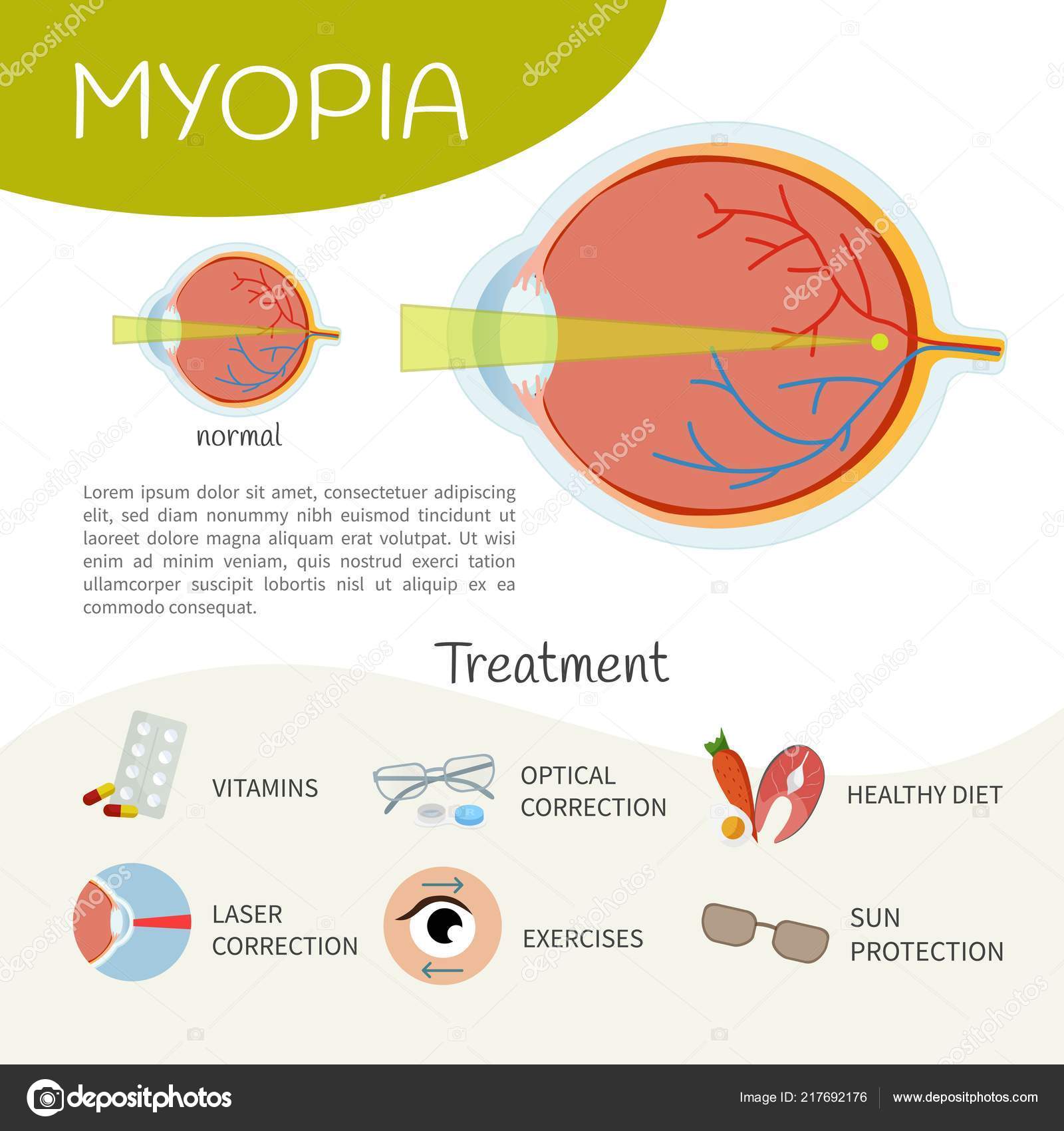Reviewing Cataract Surgical Treatment Alternatives? Take A Look At The Differences Between Traditional And Laser Methods To Expose The Important Facets That Will Impact Your Vision
Reviewing Cataract Surgical Treatment Alternatives? Take A Look At The Differences Between Traditional And Laser Methods To Expose The Important Facets That Will Impact Your Vision
Blog Article
Composed By-Schack Andreassen
When contemplating the option in between traditional cataract surgical procedure and laser-assisted strategies, you may find yourself considering the advantages and drawbacks each approach offers. The decision goes beyond the surface area level of price and precision, delving right into the world of long-lasting end results and client contentment. As you navigate through the intricacies of these 2 approaches, it becomes necessary to recognize the nuanced information that can dramatically affect your aesthetic quality and overall experience. Remain tuned to reveal the important aspects that will certainly guide your decision-making process in this important facet of eye care.
Traditional Cataract Surgery Benefits And Drawbacks
When considering standard cataract surgical procedure, you may find that it's a well-established and widely-used strategy. In this treatment, a surgeon makes a small incision in the eye and uses ultrasound to break up the gloomy lens before removing it. When the cataract is removed, a fabricated lens is put to restore clear vision.
One of the main benefits of typical cataract surgery is its track record of success. Numerous clients have actually had their vision dramatically boosted through this treatment. Additionally, standard surgical procedure is typically covered by insurance, making it a more obtainable option for several individuals.
However, there are some drawbacks to traditional cataract surgical procedure also. Recovery time can be much longer compared to more recent techniques, and there's a somewhat higher danger of difficulties such as infection or inflammation. Some patients might additionally experience astigmatism or call for reading glasses post-surgery.
Laser-Assisted Techniques Benefits And Drawbacks
Checking out laser-assisted methods for cataract surgery introduces a modern-day technique that makes use of laser innovation to carry out crucial action in the procedure. find out this here of the primary benefits of laser-assisted cataract surgical treatment is its precision. The laser permits exceptionally exact incisions, which can bring about far better aesthetic results. Additionally, making use of lasers can reduce the amount of ultrasound energy needed during the surgical treatment, potentially decreasing the risk of problems such as corneal damages.
On the drawback, laser-assisted methods can be a lot more pricey contrasted to traditional approaches. This cost mightn't be covered by insurance coverage, making it much less available to some people.
An additional factor to consider is that not all cataract surgeons are learnt laser innovation, which can restrict your alternatives for selecting a surgeon.
Lastly, while the laser can automate specific elements of the treatment, the surgical procedure still needs a competent surgeon to guarantee successful results.
Comparative Analysis of Both Methods
For an extensive understanding of cataract surgical treatment strategies, it's important to perform a relative analysis of both traditional and laser-assisted methods.
Typical cataract surgery includes hand-operated lacerations and making use of handheld devices to separate and eliminate the cloudy lens.
On the other hand, laser-assisted cataract surgery utilizes innovative modern technology to create exact incisions and break up the cataract with laser power before removing it.
In regards to accuracy, laser-assisted methods use a greater level of accuracy contrasted to traditional approaches. The use of lasers enables customization of the procedure based on each individual's eye composition, possibly causing far better aesthetic results.
Nonetheless, cataract surgery by phaco -assisted cataract surgery often tends to be much more expensive than traditional surgical procedure, which may limit ease of access for some patients.
While both approaches are effective in bring back vision impaired by cataracts, the option between typical and laser-assisted methods frequently depends upon variables such as price, accuracy, and individual patient demands.
Consulting with your ophthalmologist can help determine the most appropriate strategy for your cataract surgery.
Conclusion
To conclude, when deciding between conventional cataract surgical treatment and laser-assisted techniques, consider variables like cost, precision, and specific needs. Typical surgical treatment supplies a proven performance history and insurance policy coverage however might include longer healing times. Laser-assisted strategies provide higher precision and modification yet can be more expensive and not constantly covered by insurance policy. Eventually, the selection between both approaches relies on what is crucial to you and your particular scenario.
